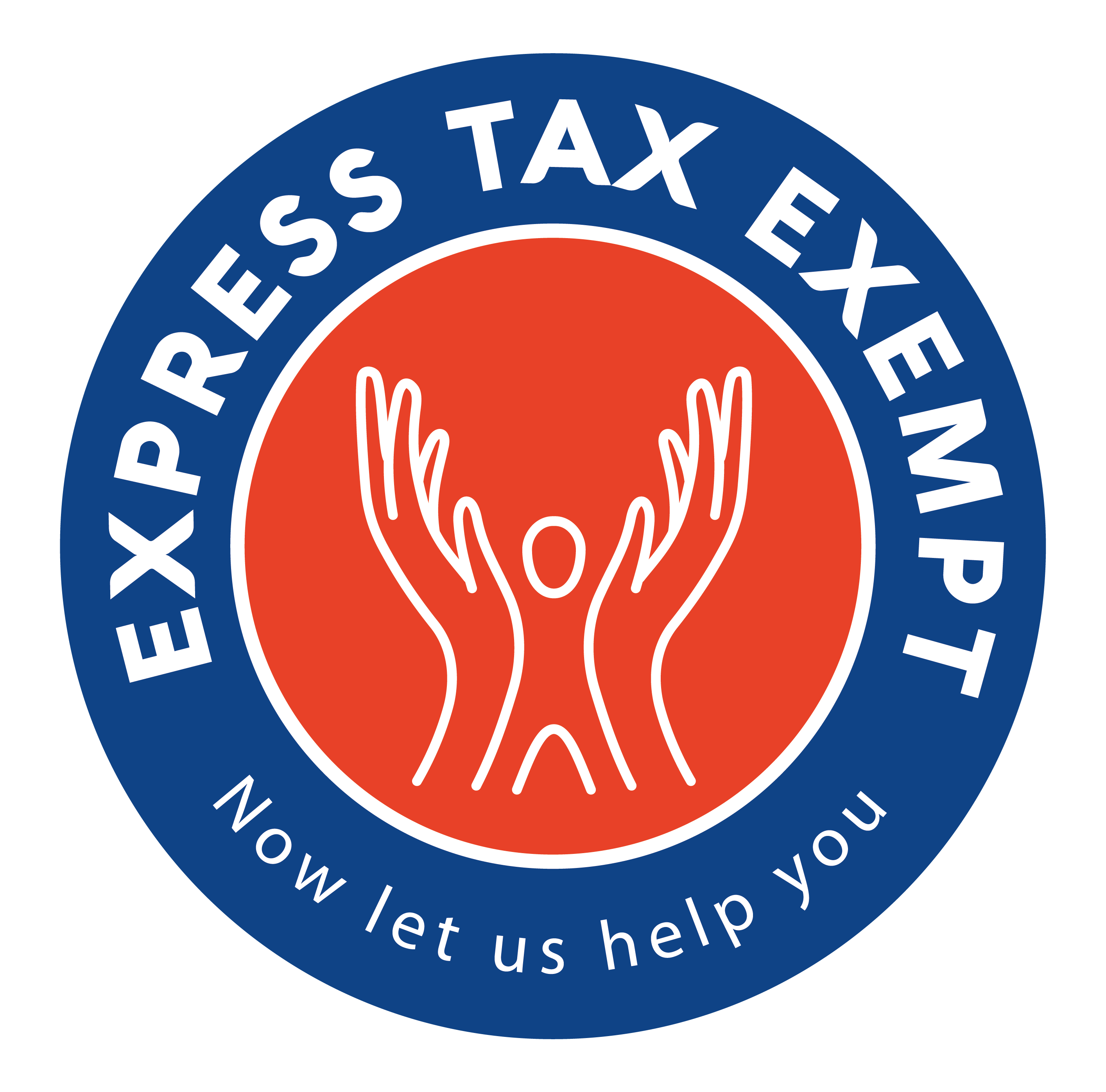Public Charity Test
Test 1
The first test states that your organization receives a substantial support in contributions from publicly supported organization, governmental units, or from the general public.
Example: Your organization’s revenue is made through widespread public fundraising campaigns, federated fundraising drives, or government grants.
Experts may explain this as the Donate Charity Test in which your organization normally receives at least one-third its total income from government grants, grants from other public charities, and from members of the public. However, there is a limit.
Only two percent of your funding can come from any one donor, foundation, or corporate fund that’s counted as the numerator, while the entire amount of the gift is counted as the denominator.
Test 2
The second test states that your organization receives no more than one-third of its support from gross investment income, and more than one-third from contributions, membership fees, and gross receipts from exempt-related activities.
Example: You have a membership-free organization like a parent-teacher group, or an art group with box office revenue.
This is also explained as the Gross Receipts Charity Test, which includes receiving at least one-third of your support from government grants, grants from other public charities, and from members of the public. But also by receiving your support from revenues generated by activities within the organization’s exempt purpose.
The second test has a different limit on the amount that can be counted as the numerator. Receipts only up to the greater of one percent of the charity’s total support during the year, or $5,000, is counted as the numerator. The total amount of the gift is the denominator.
These are only glimpses of the complexity of these two test. Of course, there are exceptions, like the Unusual Grant Exception, exclusions, and even exceptions from exceptions. For a careful analysis of your organization’s Schedule A classification, you would want to consult with an accountant or tax professional.
E-file your Schedule A, along with the rest of your Form 990 or 990-EZ, with Express990. We offer a safe, secure, and accurate e-filing process that will save you time and money. We are also backed by expert help with technical and support teams that are the most experienced in the industry, knowing the in’s and out’s of the filing process better than anyone else.
For any assistance with e-filing our available 990 forms, you can contact our live professionals by phone (704-839-2321, Monday through Friday from 9am to 6pm, Eastern Standard Time), by email ([email protected]), or by live chat (www.expresstaxexempt.com).



